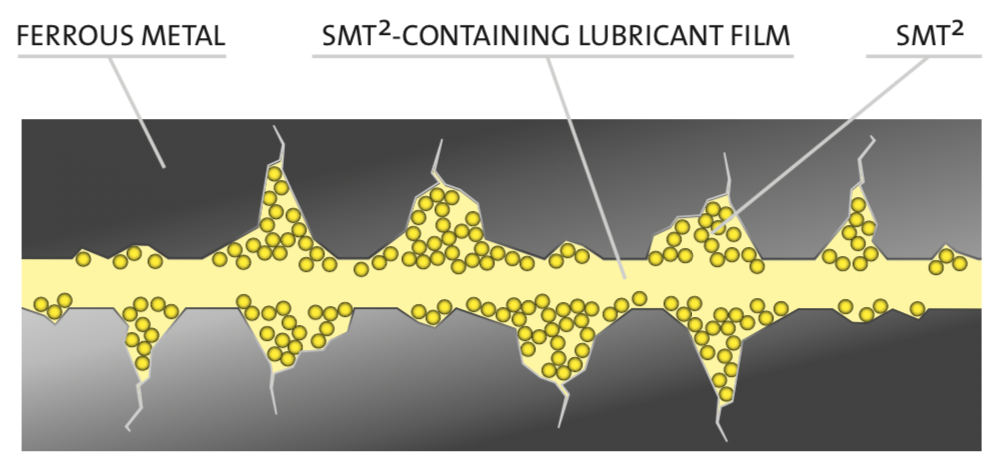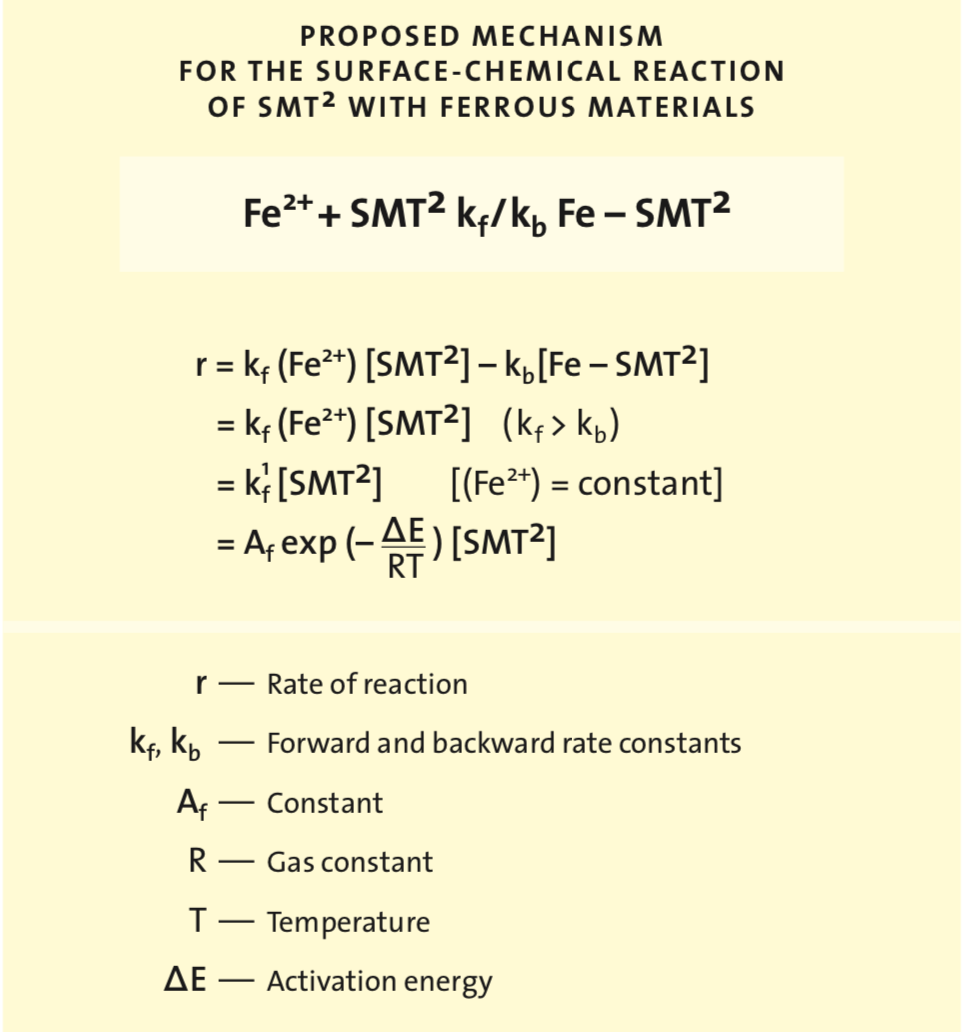Why do I need SMT2®?
Even the most modern engine and transmission oils cannot guarantee 100% protection from wear. SMT2® metal treatment provides an additional level of protection in situations when conventional lubrication can no longer help.
SMT2® works on an entirely different principal than oil additives. It incorporates heat activated chemical technology that actually modifies the molecular structure of the ferrous metal surface to smooth imperfections and cracks. SMT2® is designed to use oils and lubricants as carriers to points of heat and friction without changing any oil tolerances. SMT2® does not add volume to the lubricant because SMT2® is a metal treatment that microscopically permeates ferrous metals on the surface and leaches through the porosity of the metal itself. SMT2® reacts best under T-H-P (time-heat-pressure). SMT22® starts to activate at temperatures of 100–150 u02daF; however, higher temperatures equal faster activation.
SMT2® technology has “leap- frogged” current metal treatment technology and leads the way for anti-friction metal treatment into the third millennium. SMT2® combines all the positive aspects of previous technology into its new technology without any of the harmful negative attributes as- sociated with prevailing technology.
How is SMT2® going to help me?
- SMT2® can be used in both old and new cars. The use of SMT2® significantly increases the reliability of timing chains, oil pumps, piston rings, cylinder walls and other friction pairs.
- SMT2® can prevent scuffing of crankshaft connecting rod bearings and main bearings as well as camshaft thrust bearings. The mileage before engine overhaul can be considerably increased.
- In older vehicles, when used regularly, SMT2® significantly decreases engine noise and vibration and also fuel and oil consumption. Additionally, it also increases cylinder compression and oil pressure.
How does SMT2® work?
The product forms a protective layer only on friction pairs. SMT2® stays on the surface for over 8,000 km even if you change the motor oil without adding SMT2®.
SMT2® starts working only in case of direct contact of friction pairs. It happens in any engine operation mode and not only in emergency situations like oil pressure or level drop, extremely high loads, engine overheating, etc. For example, in the cylinder-piston group, SMT2® protects your engine every time you start the engine.
SMT2 is a molecular level tribological element that has an extremely high affinity toward pure iron (Fe).

Basically, SMT2 is negatively polarized with respect to ferrous metal. Once the bond between SMT2 is achieved, the resulting covalent bond is inert. SMT2 affects ferrous metal at the molecular level, forming an electro-chemical covalent bond of loose, pure, ferrous iron (Fe) and SMT2 molecules that form a metal hydride boundary layer on the metal surface that smoothes asperities and flaws. The boundary layers formed by SMT2 have a lamellar molecular structure with “easy shear” characteristics that ensure extremely low levels of boundary friction between the surfaces.

